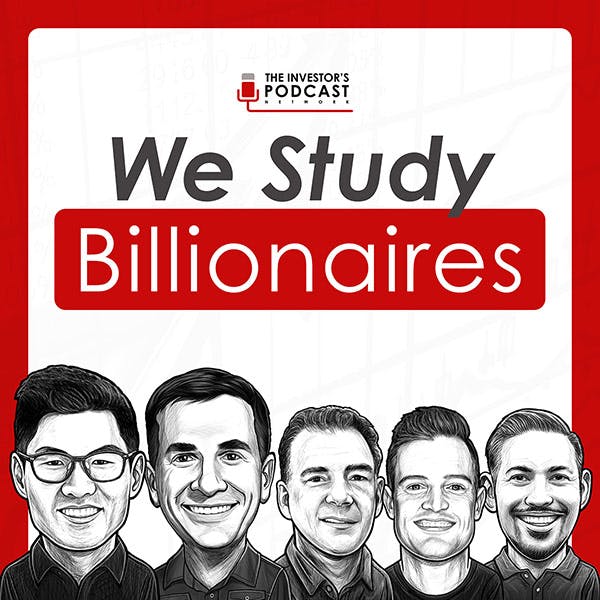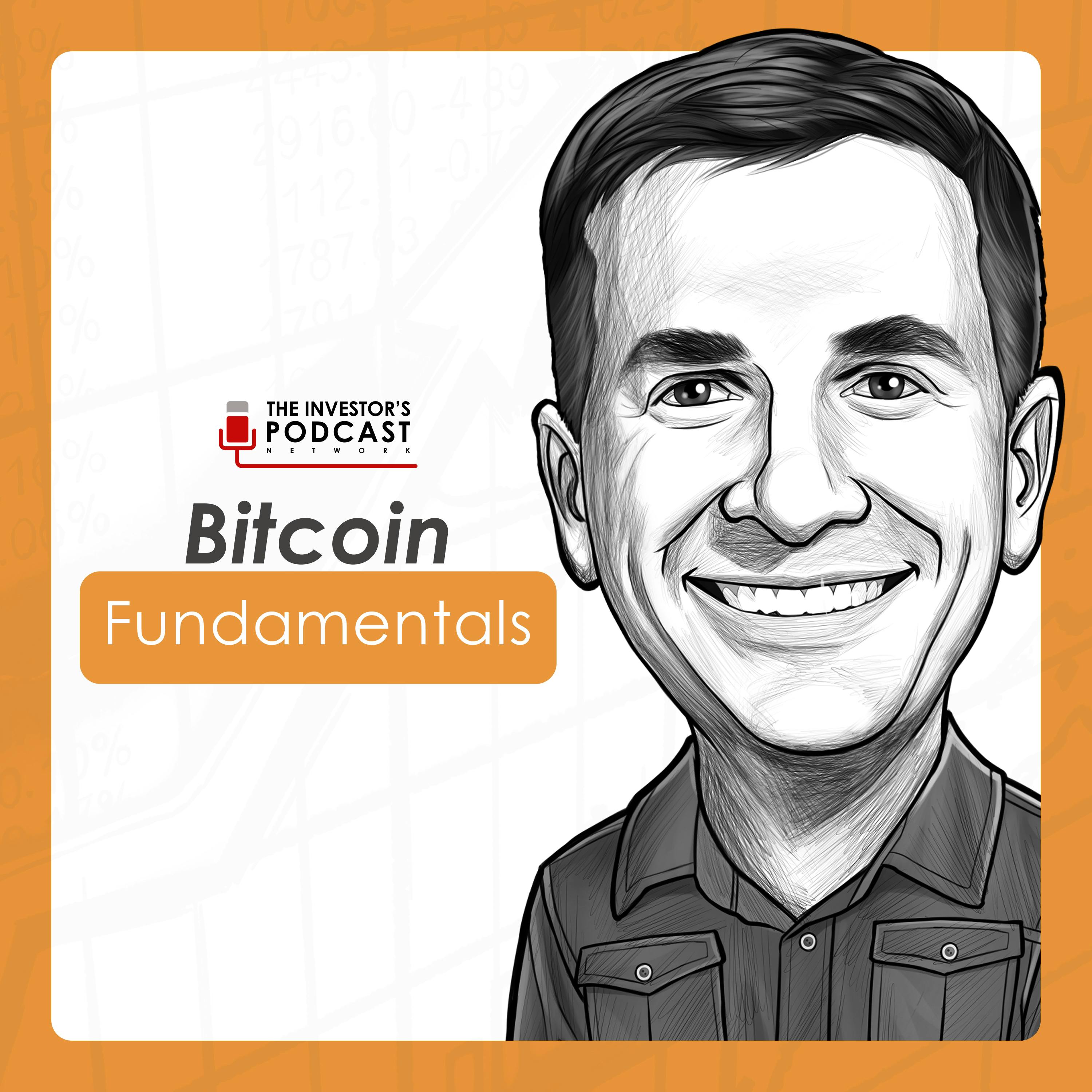
January 5, 2025 • 1hr 2min
TIP689: My journey into financial independence w/ Stig Brodersen
We Study Billionaires - The Investor’s Podcast Network

Key Takeaways
- Financial independence is a journey, not just about hitting a specific number
- Most people overestimate what they can achieve in 1 year but underestimate what they can achieve in 10 years
- The 4% rule suggests you need 25x your annual expenses invested to achieve financial independence
- Having equity ownership (through business ownership or investments) is often necessary to achieve financial independence in your 30s-40s
- Lifestyle creep is one of the biggest challenges - important to increase savings rate as income grows
- The journey can be lonely as most people aren't truly committed to pursuing financial independence
- Money can "sort of" buy happiness by giving you more options and control over your time
- Having both negotiables and non-negotiables is important once you achieve financial independence
Introduction
In this episode, Stig Brodersen shares his personal journey toward financial independence, starting from his decision at age 29 to pursue this goal while teaching at a local college. He discusses how he and his wife created a plan to achieve financial independence by age 45 through careful budgeting and investing. The episode covers both successes and failures along the way, offering insights for others on their own path to financial freedom.
Topics Discussed
Overestimating Short-Term vs Long-Term Achievement (1:45)
Stig discusses how he initially thought The Investors Podcast Network could generate significant revenue quickly but learned that building a successful business takes much longer than expected.
- Initial expectations were to make $100,000/month after first year
- Reality was closer to $100/month in early years
- Success came from thousands of small improvements over time, not one big breakthrough
- Important to love the journey since the path to success takes longer than expected
The Tipping Point (5:14)
Stig identifies his tipping point toward financial independence during a trip to Morocco in 2019.
- Realized he had built a true business vs just self-employment
- Could spend 10-15 hours/week maintaining current income
- Additional time could be spent growing the business
- Focus shifted from hitting a specific number to building sustainable cash flows
Why Most People Don't Want Financial Independence (8:28)
Stig makes the provocative argument that most people don't truly want financial independence, despite saying they do.
- People want the outcome without the sacrifice
- Few take action even when given step-by-step guidance
- Financial independence requires a complete lifestyle commitment
- Most prefer immediate gratification over long-term financial freedom
Money and Happiness (11:58)
Discussion of how money can "sort of" buy happiness by providing more options and control.
- Money doesn't guarantee happiness but can reduce certain problems
- Provides better access to healthcare and treatment options
- Allows more time with family and friends
- Enables pursuit of meaningful work and interests
The 4% Rule and Required Numbers (15:55)
Explanation of how much money is needed to achieve financial independence.
- 4% withdrawal rate considered sustainable based on historical data
- Need 25x annual expenses invested
- Example: $100,000 annual expenses requires $2.5M invested
- Conservative estimates should account for inflation and market volatility
Equity Ownership and Financial Independence (18:22)
Discussion of why equity ownership is often necessary for achieving financial independence earlier in life.
- Hard to achieve through salary alone
- Business ownership provides higher earning potential
- Important to consider both liquid and illiquid assets
- Corporate ladder climbing often leads to lifestyle creep
Valuing Private Businesses (21:56)
Insights into how private businesses are valued and considerations for business owners.
- Typical multiples of 5-8x earnings for small businesses
- Factors affecting valuation include:
- - Revenue stability and growth potential
- - Key person risk
- - Recurring revenue percentage
- - Market conditions and interest rates
Finding Your "Why" (26:42)
Discussion of what to do after achieving financial independence.
- Focus shifts from "how much" to "why"
- Importance of having meaningful work and relationships
- Value of empowering others
- Creating positive impact through business ownership
Negotiables vs Non-Negotiables (30:47)
The importance of establishing what you will and won't compromise on.
- Financial independence allows more non-negotiables
- Need balance between flexibility and boundaries
- Different priorities at different life stages
- Avoid becoming too rigid with too many non-negotiables
Avoiding Lifestyle Creep (33:01)
Strategies for managing increasing wealth without proportionally increasing spending.
- Save 50% of income for investments
- Increase savings as income grows
- Be conscious of relative spending comparisons
- Focus on building wealth engine first
The Lonely Journey (37:34)
Discussion of how pursuing financial independence can be isolating.
- Few people truly commit to the journey
- Hard to find like-minded individuals
- Most prefer talking about vs taking action
- Importance of finding supportive community
The Journey is the Best Part (41:49)
Reflection on finding fulfillment in the process rather than just the destination.
- Focus on being best version of yourself
- View work as part of life, not separate
- Find enjoyment in learning and growth
- Success comes from consistent daily habits
Conclusion
The episode emphasizes that financial independence is a highly personal journey that requires commitment, patience, and a willingness to make sacrifices. Success comes from thousands of small decisions over time rather than any single breakthrough moment. While the path can be lonely and challenging, finding fulfillment in the journey itself is crucial. The key is designing a system that allows you to be the best version of yourself while building sustainable wealth through business ownership, investing, and careful lifestyle management.









